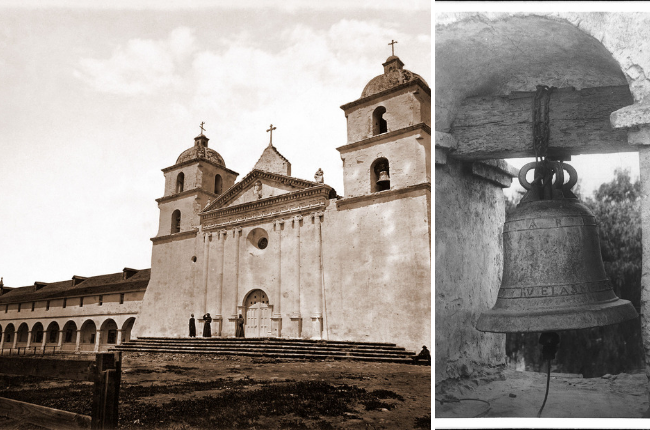City Council votes to give farm a year to correct code violations, replace housing for workers
For Javier Gomez Ochoa, farming isn’t a 9-5 job, it’s a lifestyle. He’s been a farmer at Fairview Gardens for 23 years, and lives with his family on the farm’s property, among the plants and trees he tends with great care.
“Farmers need to stay close to the land,” he said.
Fairview Gardens farm manager Toby McPartland agreed. “Javier and his family have been longtime stewards of this land and they’ve been feeding Goleta for many years,” he said.
Goleta’s City Council faced a tough decision Tuesday as it pondered how to deal with workers like Javier and his family who live in an unpermitted farm labor camp.
It voted unanimously to allow the farm workers to remain in their current homes for 12 months on the condition that the camp’s code violations be corrected.
After 12 months, the farm will be required to replace and relocate the camp with five yurts, mobile homes or permanent houses on the Fairview Gardens property.
The council expressed a willingness to work with the farm’s timeline, but also conveyed a stern expectation, which pleased many neighbors, many of whom said they felt ignored by the farm.
“We all know that Fairview Gardens is a teaching farm … What kind of lesson are they teaching? No one should be above the law,” neighbor Treva Yang said, one of more than 40 speakers to participate in the public hearing.
The long-standing issue, which was first reported in 2001, has left many of the neighbors frustrated at the city’s inaction with the camp’s code violations and living conditions. In turn, many of the farm’s devotees are concerned for the farm’s survival should the workers be relocated.
“Housing is a critical decision for these employees … we want to keep them on the property,” said Philip Seymour, the gardens’ land use attorney.
“There is a human element to this,” he said. “This is their home. We don’t know if we can find homes for these people” if they were to be relocated.
Several phases for the project were outlined by Steve Welton, Planning Agent for Fairview Gardens, clarifying the timeline for the council, which would have workers in new homes after 12 months, facilities annexed to the Goleta Water District and provide them with new kitchen and bathroom facilities.
Welton also implored the staff to allow Fairview Garden’s educational events, camp, community-supported agriculture tours and sales of offsite agriculture to continue while the nonprofit seeks permits for those activities. Those activities are critical to the farm’s mission, he said. Staff recommendations had included a cease-and-desist order for the activities.
The financial strain of creating new housing for workers on a nonprofit farm in such a tight timeframe was great, but Fairview staff was optimistic.
“We are confident we can pull this project off,” said Tynes Viar, director of development and sustainability for the gardens. He described a handful of grants that the farm is in the process of applying for.
Viar said the project dealt with sustainability, housing and even class. “All of the buzzwords are there,” he said.
But the stress of the farm’s financial need was clear.
“This job would be very easy to walk away from right now,” he said. “We’re here to farm … but the fact that we’re still here should say something about our dedication.”
The magnitude of the decision was not lost on the council.
“A lot of what we decide on tonight will have a critical effect on the survival of this organization,” council member Eric Onnen said.
He said he recognized that the farm depended on many of the other activities — cooking classes, sales of off-site produce, and donations — for much of its costs of operation. He had requested more financial information about the nonprofit at the May 6 council meeting, which has been provided and examined by the council.
Council member Jean Blois said she had read through the financial information as well. She remarked that the financial statements said that the farm had lost $71,000 last year, eliciting gasps throughout the chamber.
“Agriculture is a tricky business,” responded Seymour, who said the high number could be attributed to a low sale of asparagus and avocados, as well as the purchase of some new farm equipment.
Onnen challenged Fairview Gardens’ board of directors, saying that some of them had been serving more than 10 years and he wondered whether they would be able to implement change.
He said that a cease-and-desist order would take away more than 30 percent of the farm’s income. “It cannot be sustainable on onsite agriculture alone,” he said.
He challenged the gardens to evolve, for much was at stake.
Mayor Michael Bennett addressed both the neighbors and the farm. The mayor asserted that if the farm workers will be relocated, the farm will be out of business. He also reprimanded the farm’s representatives and told them that they broke the trust bestowed upon them. The mayor also added that Fairview can proceed as planned but they won’t be given a another chance.
Council member Jonny Wallis expressed a different perspective. “I’m not going to say, ‘You’re going to do it because you promised,’ but rather, ‘You’re going to do it because you must.’” She said it was the city’s turn to take on the responsibility of enforcement. “I think the weight of the city is on us,” she said.
She recommended that the gardens be granted expedited review from the Design Review Board, and that the DRB decide where the new homes should be located.
Onnen requested that detailed reports of the farm’s progress be submitted for accountability.
When he asked for a business plan from the gardens and minutes from the nonprofit’s internal meetings, Seymour said that a business plan could be accommodated, but asked that the minutes not be disclosed.
A formal public hearing in which the council will vote on the items agreed upon will take place in July or August.
General Plan amendments
The council began its final review of the “minor” proposed changes in the General Plan — those not requiring full environmental review.
The amendments remaining have been winnowed through public workshops and a grueling review by the Planning Commission. Most deal with land use policies, but others, such as public access to Haskell’s Beach and the use of “protect” instead of “preserve” in maintaining scenic views and allowing hotel condominiums have generated controversy.
Tuesday night’s hearing was brief. After short staff presentation council took public comment. The most illuminating came from developer Mark Linehan, owner of Camino Real Marketplace.
He said the floor-to-area requirements in the plan were unrealistic, and noted that, using the current guidelines, the building housing City Hall was twice as big as it should be, and Camino Real was only half as big as it could be.
The council will begin deliberating the Tract 2 amendments at its next meeting on June 17.
Read more



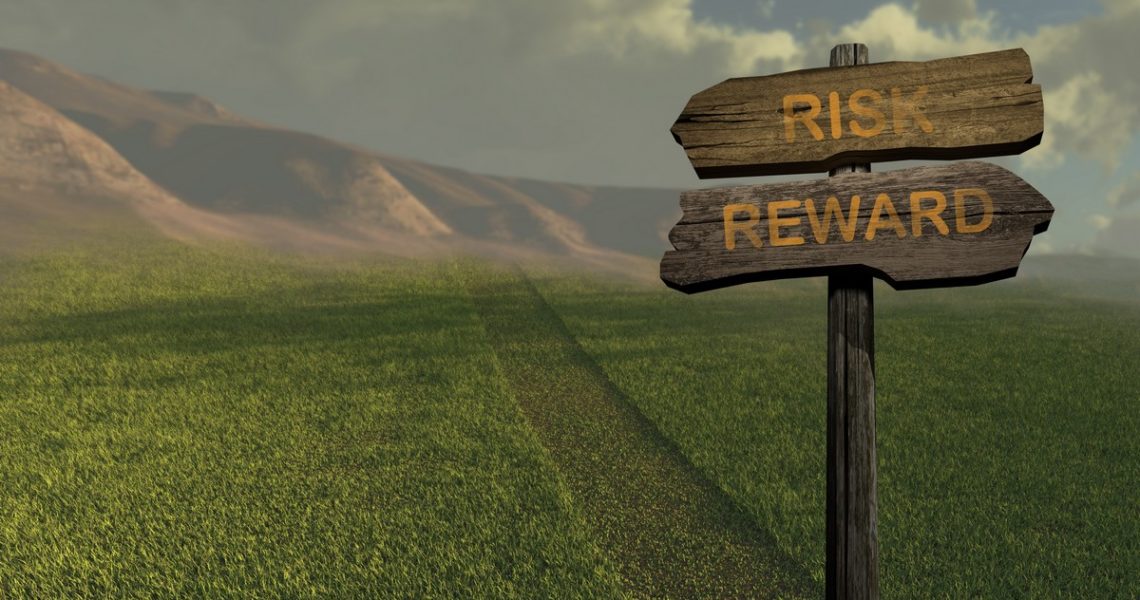

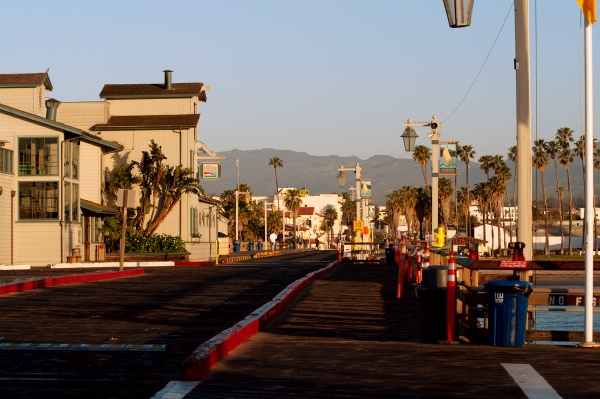
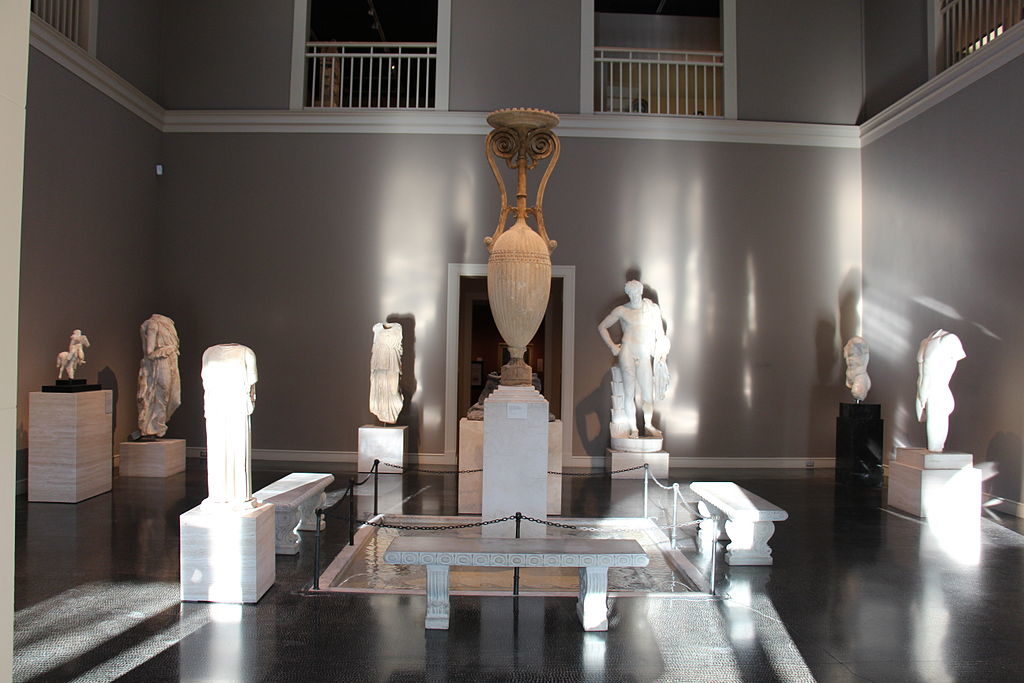
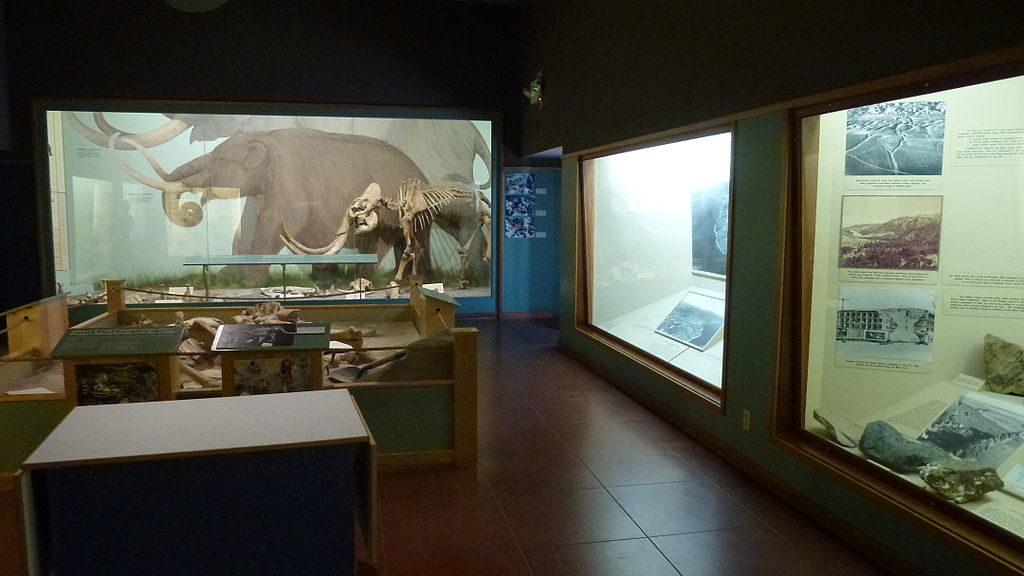
 Hunger striking UCSB students went to the UC Regents meeting in San Francisco on Thursday to protest the UC system’s involvement in nuclear weapons labs.
Hunger striking UCSB students went to the UC Regents meeting in San Francisco on Thursday to protest the UC system’s involvement in nuclear weapons labs.
